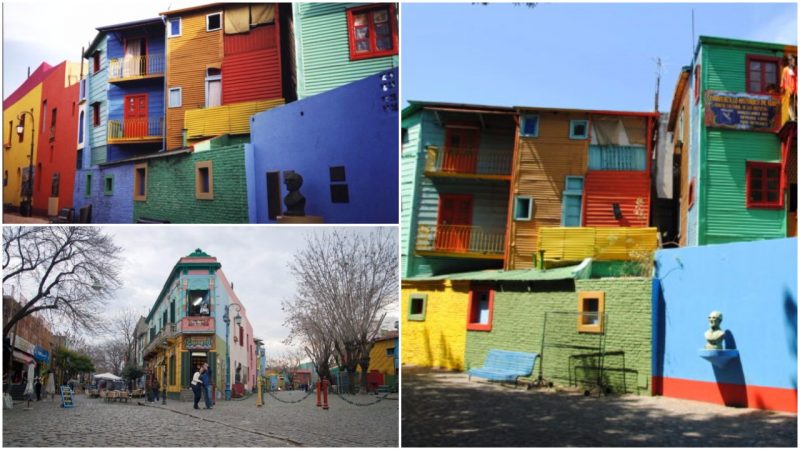Located in La Boca neighborhood in Buenos Aires, “Caminito“ (little walkway in Spanish) is a spectacular traditional alley and a street museum.
The street got its name from the famous tango “Caminito“ composed by Juan de Dios Filiberto in 1926.
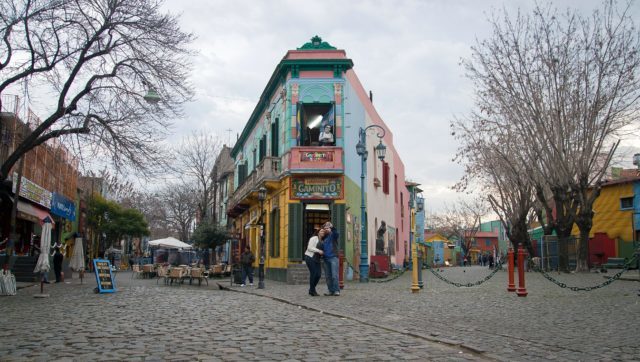
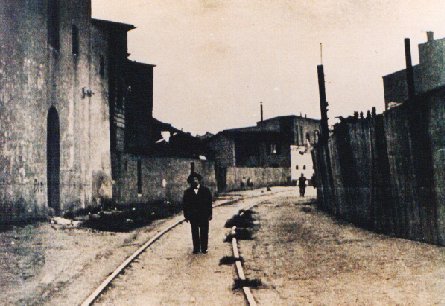
During the 1800s, a small river flowing into the Riachuelo ran through today’s the street. There was a small bridge over it which people used, so the area took the name “Puntin“(a small bridge in genoese dialect). Around six million immigrants arrived in Argentina between 1880 and 1930. Half of them were Italians, and a significant number came from Genoa. Most of the Genoese immigrants stayed in La Boca neighborhood.
In 1866, after the stream dried up, the Ferrocarril Buenos Aires y Puerto de la Ensenada built railway tracks here. Abandoned tracks can be seen today at the end of Caminito, along Garibaldi Street. Later, the route became a natural trail known in the neighborhood as “La Curva,“ which was deteriorating as a garbage dump.
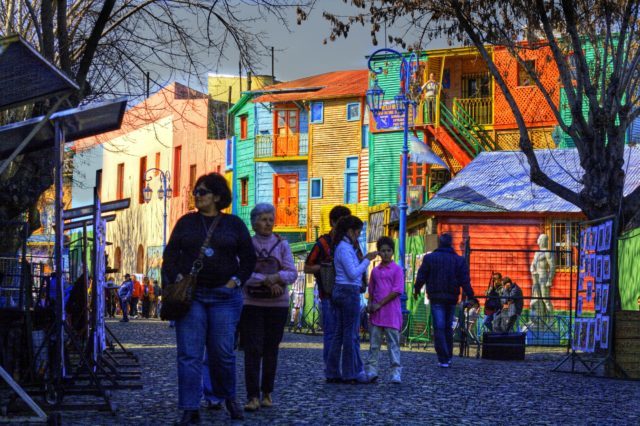
In 1950, a group of neighbors, including the famous Argentine painter, Benito Quinquela Martin, decided to restore the place. In 1959, the authorities built a street museum, which took the name given by the famous song “Caminito.“ By 1960, it had a wooden stage plank, and in 1972, the stage was replaced with a nearby theater house.
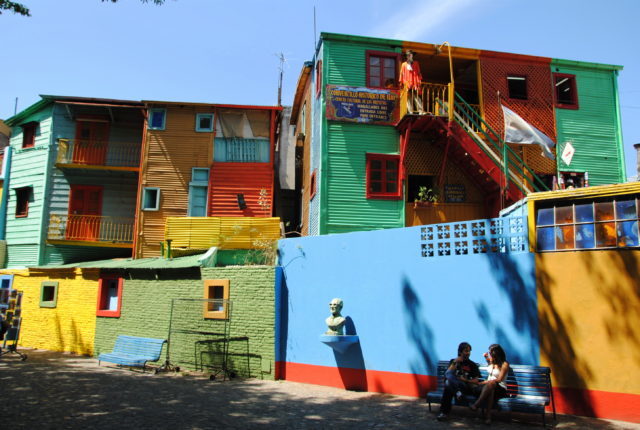
The houses on the street are of traditional conventillo boquense, a type of popular housing in this neighborhood from the 19th century. With the large wave of European immigrants pouring in, there weren’t enough homes for everyone. Conventillos were made from materials found in the shipyard and painted with the same paint used for the ships; a tradition brought in by the Genoese.
Because of their cultural value, the houses are subsidized by the state. This way, their maintenance is ensured because the locals don’t have enough financial power to preserve them. The houses are painted in bright colors, an initiative brought by Quinquela Martin. Some of them are mounted on piles or high foundations due to frequent floods.
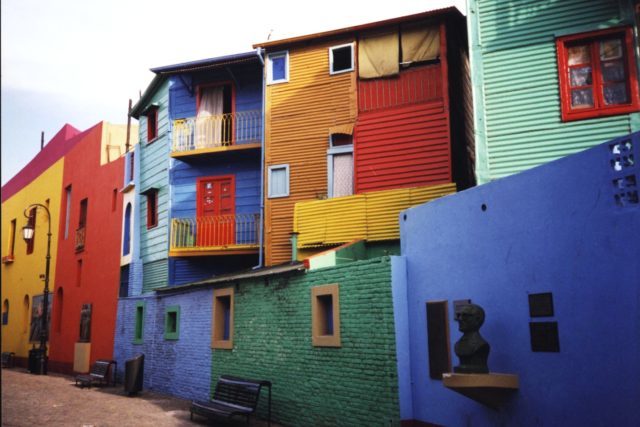
In this colorful street, tango dancers are a common view. There are claims that tango had its origins in this particular neighborhood.
“Caminito“ is more than just a ‘little walkway,’ it is a representation of an old immigrant, La Boca, and the birth of tango.
